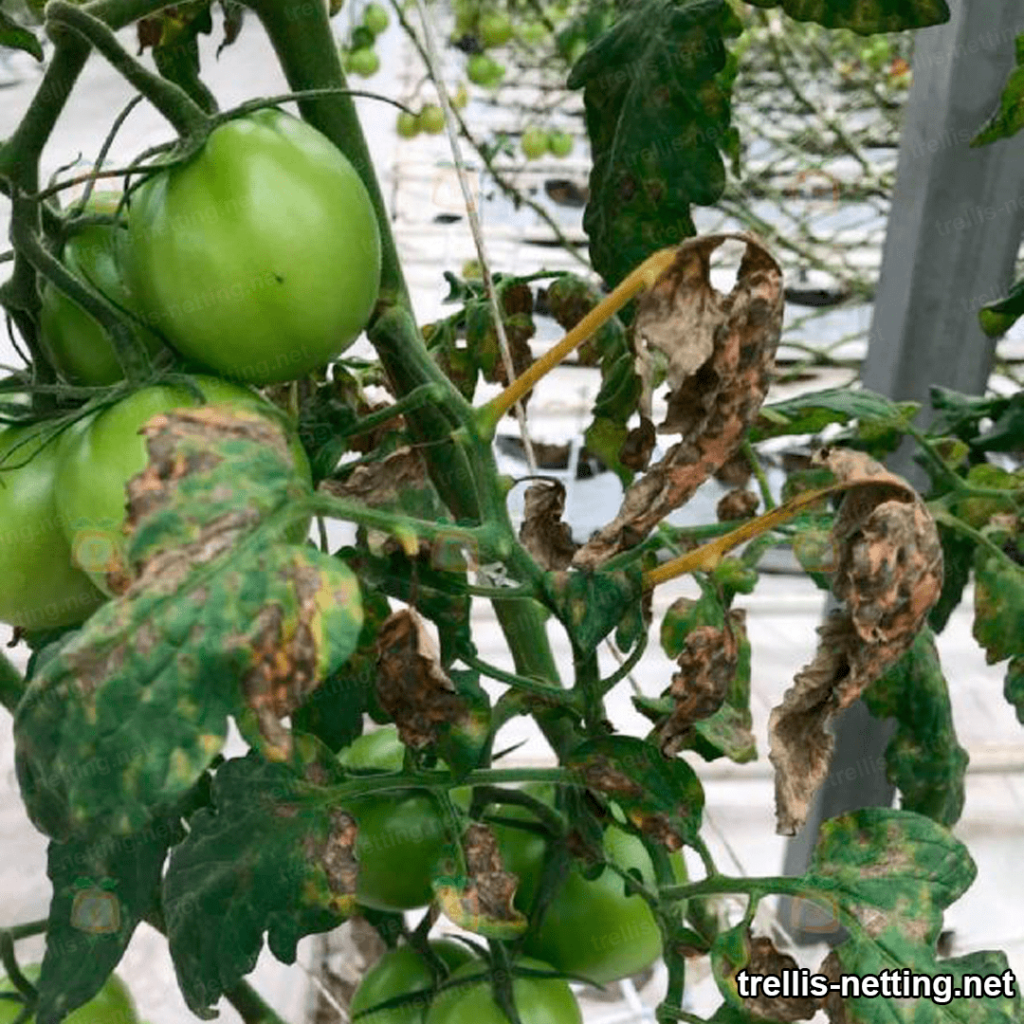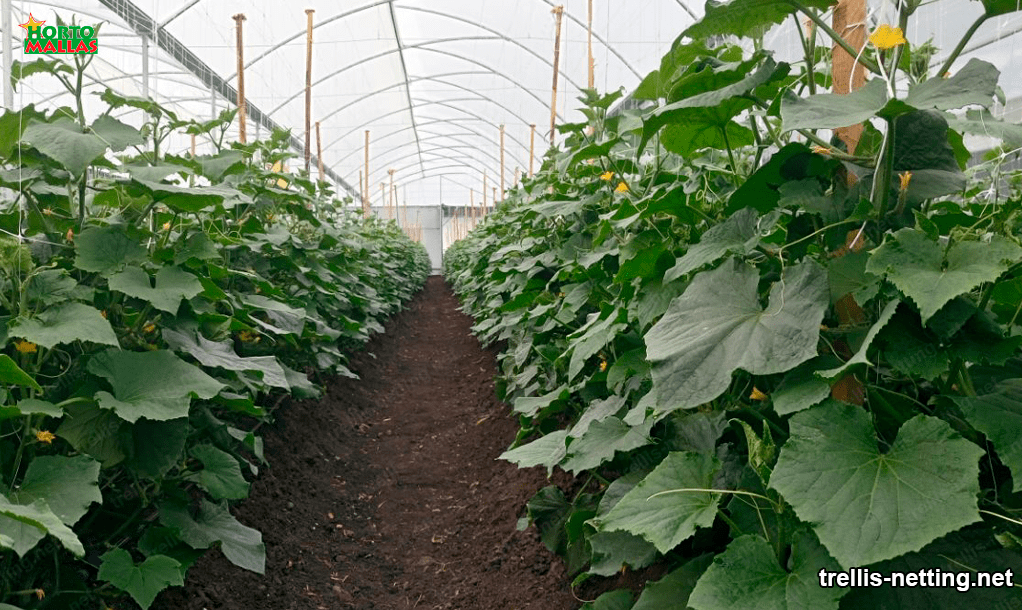The comparison between greenhouse and open field production involves considering a number of factors that directly influence the final outcome of the crop.
Aspects such as climate, technology, labor, soil nutrients, UV exposure and day length must be taken into account.
Greenhouse production allows control of the environment and this reduced exposure to the sun and unpredictable weather results in increased fruit, leaf and vegetable production. The greenhouse also allows more precise control of fertilization. Light is an essential factor for production; sunlight is vital for plant growth. In greenhouses, growers can control this. This can greatly increase plant production.
Greenhouses also offer protection against natural enemies such as weeds and pests. This is also a great advantage over open field production. This protection, along with controlled sunlight, eliminates the use of pesticides, which can be beneficial to human health. Since sunlight is an important part of production, it is necessary to understand that greenhouses heat up quickly during the day and lose heat at night. This means that growers have the ability to control the temperature by keeping them open during the day and closing them at night to prevent curing or hardening of the crop. This allows the plant to remain soft and juicy and allows for better plant development.
Unlike greenhouses, in open field production, growers cannot control the amount of sunlight, temperature and humidity the plant receives. These climatic and light conditions are decisive for the production of fruits and vegetables of high nutritional value. In addition, greenhouses reduce the amount of water needed for crops.
Open field production can have its advantages, such as lower initial cost. A greenhouse is not needed to start growing crops and farmers can start production faster. However, it is also possible that increased production due to optimized light and climate will increase the long-term benefits to the farmer of opting for a greenhouse.

Advantages of greenhouse cultivation
Greenhouse farming can bring numerous benefits to growers, from increased production to better control of environmental parameters. This technique is linked to significant cultivation advantages, which is why it is increasingly used by farmers around the world.
One of the main advantages of greenhouse farming is related to production. Microclimate control in a greenhouse is much simpler and more efficient than in the field, so growing conditions are better, resulting in higher quality crops. This means that greenhouses are the only tool for increasing production and quality in regions with seasonally arid climates.
Greenhouse cultivation also offers other advantages. For example, greenhouse cultivation allows better control of environmental parameters such as temperature, light, humidity and climate changes, which positively affects the quality and quantity of production. In addition, the use of greenhouses keeps the soil protected from inclement weather, which receives higher humidity and a higher density of nutrients provided by fertilizers and pesticides. These contribute to better soil quality, which helps promote crop germination and development.
There is better and faster control of plant pests and diseases through the application of insecticides and herbicides. This maintains optimal crop growth and provides a good harvest in a shorter period of time.

Advantages of open field cultivation
Open field cultivation offers a wide range of advantages, ranging from superior fruit production to higher profitability. Open field farming has the advantage of being much more efficient than traditional greenhouse farming. This is partly because it does not require any artificial conditions to produce a larger quantity of crops in a shorter period of time.
It also offers higher yields in terms of space, as the arable land can cover many hectares of land, thus allowing growers to suspend a much larger amount of crops than could be achieved in a small greenhouse.
In addition, open field cultivation also offers cost advantages compared to traditional agriculture. This is due to lower management costs, as there are no irrigation systems to install, no temperature control, and no other activities required for greenhouse cultivation. This leads to lower prices for the food obtained from this type of agriculture. An additional advantage of open field cultivation is the mix between organic and industrial production. This combination allows the production of fresh food of superior quality at much lower prices than industrial products. This also helps to keep the environment clean and healthy and to contribute to the conservation of resources.
Open field cultivation also offers greater capacity for innovation and greater flexibility in the use of resources, such as water, sunlight, soil and organic fertilizers, resulting in higher yields. This allows us to make better use of resources and contribute to sustainable development through resource conservation and respect for the environment. Finally, it provides greater benefits in terms of losses.
Leave a Reply